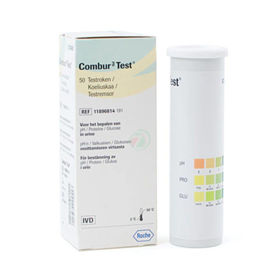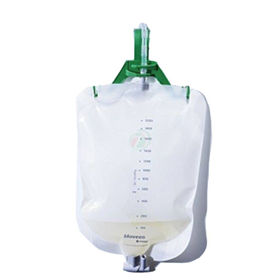Customer question:
How do you detect bacteria in urine? Anonymous customer's question
Pharmacist's answer:
Urine bacterial detection, often used to diagnose urinary tract infections (UTI), involves several steps and methods. Here is a description of the critical procedures and tests used to determine the presence of bacteria in urine:
Urine sample collection
- Midstream: in this method, the patient starts to urinate, then stops the flow of urine, collects the midstream of urine in a sterile container, and then finishes urinating. This helps reduce the possibility of contamination of the sample with bacteria from the skin or the environment.
- Catheterization: In this method, a sterile catheter is inserted through the urethra into the bladder to collect urine. This method is often used in infants or patients who cannot collect a medium jet sample.
- Suprapubic aspiration: This method involves inserting a needle through the abdominal wall directly into the bladder to collect urine. It is rarely used, especially in infants or in exceptional circumstances.
Quick tests
Test strips (dipsticks): These strips dip into the urine sample and change color in the presence of leukocytes (white blood cells), nitrites, or proteins, which may indicate infection. Leukocyte esterase (an enzyme produced by white blood cells) and nitrites (products of bacterial metabolism) are significant for detecting infections.
Microscopic examination
The urine sample may be centrifuged to concentrate bacteria and cells and then examined under a microscope. A large number of white blood cells or bacteria can confirm an infection.
Urine culture
This is the most reliable method for detecting bacteria in urine. A urine sample is inoculated onto a culture medium and incubated to allow the bacteria to grow. After 24 to 48 hours, the number and type of bacteria are determined. A quantitative urine culture can estimate the number of bacteria per unit and help distinguish between contamination and actual infection.
Determination of sensitivity to antibiotics
If bacteria are found in the urine culture, antibiotic sensitivity testing is also usually done to determine which antibiotics will most effectively treat the infection.
Interesting reading: Uroinfection in a child
Interesting reading: Many bacteria in urine













